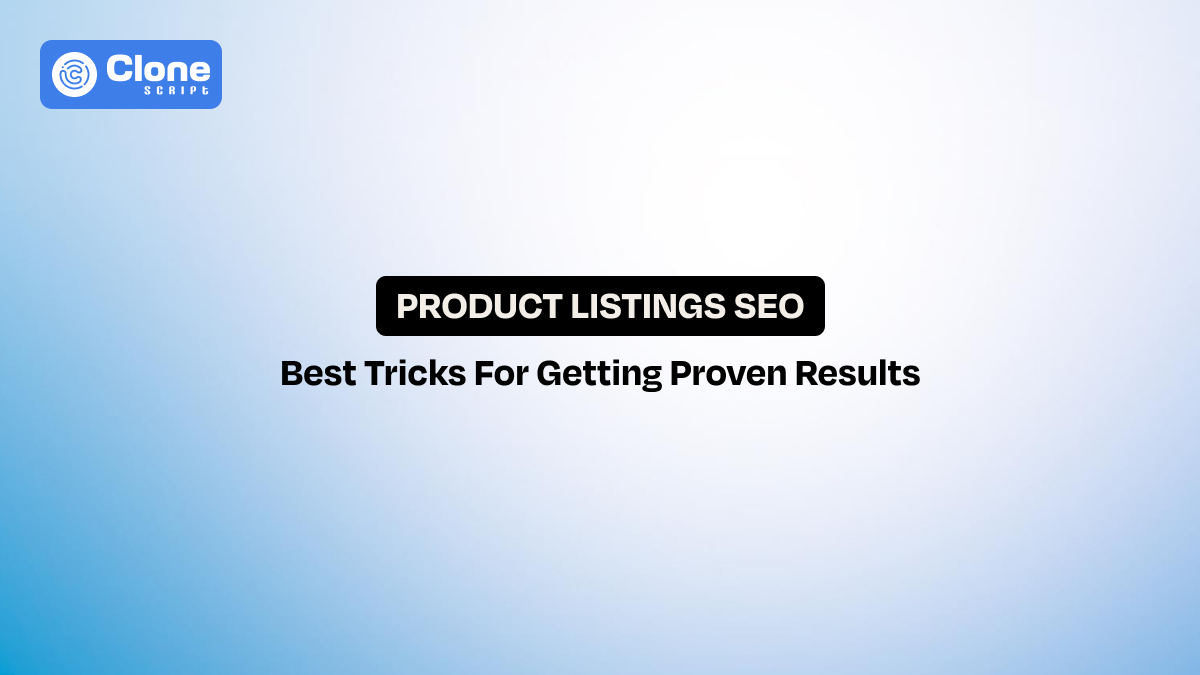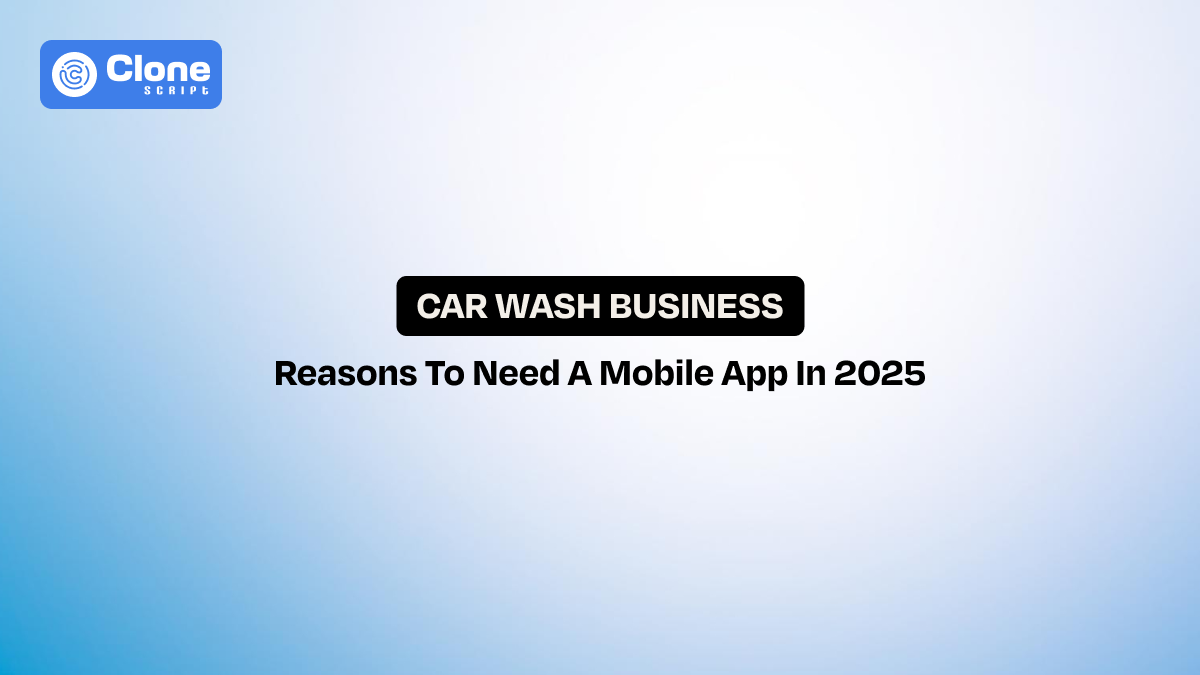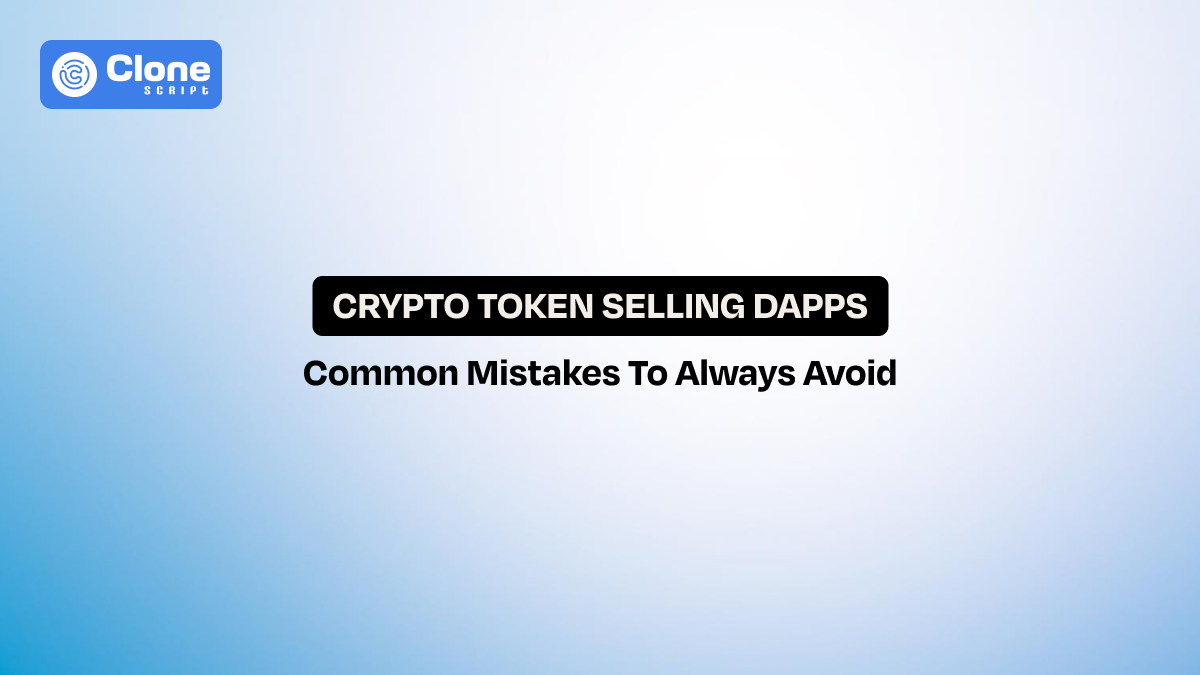6 SEO Tricks for Product Listings That Actually Work in Real-time
You’ve set up your online store, uploaded great products, and even invested in marketing–but sales still aren’t picking up the way you expected. Often, the issue isn’t your products, but how visible they are to potential buyers. If your listings aren’t showing up when people search, you’re missing out on valuable traffic and revenue.
That’s where product listing SEO comes in. A well-optimized product page doesn’t just rank higher—it attracts the right audience, answers buyer questions, and guides them toward making a purchase.
We’ll cover actionable SEO tricks for product listings that increase sales—from keyword optimization to schema markup. You can create product pages that search engines prefer and customers trust.
Additionally, if you want to fix a product listing issue, these tips are relevant to know.
Tip 1. Proper Keyword Optimization for Product Listings.
Professional website search optimization starts with understanding what your customers are actually searching for. Many businesses make the mistake of guessing keywords or relying on generic terms, but product page optimization requires digging deeper. That’s a keyword research task.
-
Focus on buyer intent keywords: Instead of targeting “laptop,” think like a shopper who’s ready to buy—“best gaming laptop under $1000” or “lightweight laptop for students.”
-
Use long-tail keywords: These may have lower search volume, but they bring in more qualified traffic that’s closer to purchasing.
-
Balance volume and competition: Go for a mix of popular keywords and niche terms that your competitors might be ignoring.
Once you’ve identified your keywords, incorporate them into your product title, description, meta tags, and even URLs. Don’t overstuff—write naturally, while validating search engines can match your page to buyer queries.
Tip 2. Optimizing Titles and Descriptions for SEO.
Your product titles and descriptions are the first things both Google and your customers notice. If they’re not clear, relevant, and persuasive, you’ll lose clicks and sales. This is called on-page SEO.
-
Titles matter most: Include your primary keyword early in the title, along with essential details like brand, model, size, or color. For example: “Adidas Men’s Running Shoes – Lightweight Training Sneakers.”
-
Descriptions should sell, not just tell: Avoid copy-pasting manufacturer text. Write unique descriptions that highlight features, explain benefits, and answer common questions. A customer should feel confident about buying just from reading it.
-
Don’t skip meta descriptions: While they don’t directly influence rankings, a compelling meta description can boost click-through rates. Keep it under 160 characters, add a keyword naturally, and use inviting language like “Shop now” or “Discover more.”
Well-written titles and descriptions strike a balance between SEO and persuasion. It can show up in search results and entice buyers to click.
Tip 3. Add Images, Videos, and Alt Text to Fill Search Intent.
Online shopping is all about visuals. High-quality product photos and videos can significantly influence buying decisions, and when optimized, they also give you an SEO boost.
-
Use multiple high-resolution images: Show your product from different angles, in use, and with close-up details. Compress files to avoid slow load times, and it can be covered in website speed optimization.
-
Optimize alt text: Describe images clearly using natural language and keywords where relevant, e.g., “black leather swivel office chair.” This improves accessibility and helps search engines understand your visuals.
-
Use videos: Adding a short demo, unboxing, or explainer video keeps visitors on the page longer, and search engines interpret it as a positive ranking signal.
By optimizing visuals, you create a better customer experience while supporting your e-commerce website search optimization efforts.
Tip 4. Structured Data & Schema Markup
Ever noticed search results with product ratings, prices, or stock availability displayed directly under the link? That’s structured data at work. Implementing schema markup helps search engines better understand your product pages and display them as rich snippets.
With schema, you can highlight:
-
Product name and brand
-
Price and availability
-
Star ratings and reviews
-
Special offers or discounts
This extra layer of detail makes your product listings stand out in search results, increasing visibility and click-through rates. If you’re serious about learning how to optimize e-commerce product pages for SEO, structured data should be a priority.
Tip 5.Internal & External Linking Strategies
Linking is one of the simplest yet most overlooked SEO tips for product listing. It strengthens site structure and improves both user experience and search rankings.
-
Internal links: Connect related products (e.g., “Complete the look with our matching leather belt”). This not only helps with SEO but also drives cross-selling opportunities.
-
Category linking: For making navigation easier for customers and search engines, double-check every product's links back to its main category and relevant collections.
-
External links: Linking to trusted resources, such as certification pages, brand stories, or style guides, adds credibility and context to your product.
A thoughtful linking strategy keeps customers engaged longer and signals to search engines that your product page is valuable.
Tip 6. Continuous Monitoring & Updates
Search engine optimization isn’t a one-time task. Search engines evolve, competitors adjust, and customer behavior shifts. To maintain rankings and keep sales growing, you need to treat product listing optimization as an ongoing process.
-
Track performance: Use Google Analytics and Search Console to monitor impressions, clicks, and conversions for each product.
-
Refresh content regularly: Update product descriptions, keywords, and even titles to reflect new trends or customer questions.
-
Fix technical issues: Slow load times, broken links, or poor mobile performance can tank both rankings and sales.
-
Encourage reviews: Reviews add fresh, user-generated content that boosts trust and supports SEO.
The brands that consistently update and refine their product listings are the ones that stay ahead in the competitive eCommerce market.
Boost Sales Faster with Expert Product Listing SEO
While these SEO tips for product listings can significantly improve visibility and sales, many businesses struggle with the time and expertise needed to apply them consistently. That’s where professional support makes all the difference.
If you want expert-backed product listing optimization services, go with All Clone Script’s Product Listing Services. Our team specializes in:
-
Optimizing product titles, descriptions, and metadata for higher search rankings.
-
Implementing structured data and schema markup to boost visibility in Google results.
-
Enhancing product images and adding SEO-friendly alt text.
-
Managing bulk product listings efficiently across multiple platforms.
-
Continuous monitoring and updating for long-term results.
By outsourcing your product listing SEO, you free up time to focus on your business. There, your product pages are fully optimized for search engines and customers alike.
Get started today with All Clone Script’s product listing services and watch your sales grow.

Professional Product Listing Service
Conclusion
Great products deserve great visibility. By applying these SEO tricks for product listings that increase sales, you’re not only improving your rankings but also building pages that genuinely help customers make informed buying decisions.
Remember, product listing SEO isn’t about chasing algorithms—it’s about creating optimized, customer-first experiences. Do it right, and your product pages will become powerful drivers of traffic, trust, and sales growth.
FAQs
-
How can a fashion e-commerce brand use SEO to boost product listings?
A fashion retailer can optimize product titles with brand, style, and season keywords (e.g., “Zara Women’s Summer Floral Dress”). Adding high-quality lifestyle images with alt text and customer reviews helps rank higher while improving buyer trust.
-
How does structured data help small businesses?
A local furniture store can use schema markup to display price, availability, and ratings directly in Google results. This helps small businesses stand out against larger competitors and drives more qualified clicks.
-
How often should I update my product listings for SEO?
Ideally, review and update your product listings every few months. Refresh keywords, update descriptions, and add new reviews or FAQs. Continuous updates signal relevance to search engines and help maintain strong rankings.
-
What are the most effective product listing optimization tips for higher rankings?
The most effective tips include: writing unique product descriptions, using long-tail keywords, improving page speed, adding internal links to related products, and encouraging customer reviews to generate fresh content.
-
Why are unique product descriptions important for SEO?
Using manufacturer copy leads to duplicate content issues and missed keyword opportunities. Writing tailored descriptions with specs (e.g., SKU, size, usage) enhances relevance, readability, and ranking potential.
 BTC - Bitcoin
BTC - Bitcoin
 USDTERC20 - USDT ERC20
USDTERC20 - USDT ERC20
 ETH - Ethereum
ETH - Ethereum
 BNB - Binance
BNB - Binance
 BCH - Bitcoin Cash
BCH - Bitcoin Cash
 DOGE - Dogecoin
DOGE - Dogecoin
 TRX - TRON
TRX - TRON
 USDTTRC20 - USD TRC20
USDTTRC20 - USD TRC20
 LTC - LiteCoin
LTC - LiteCoin







